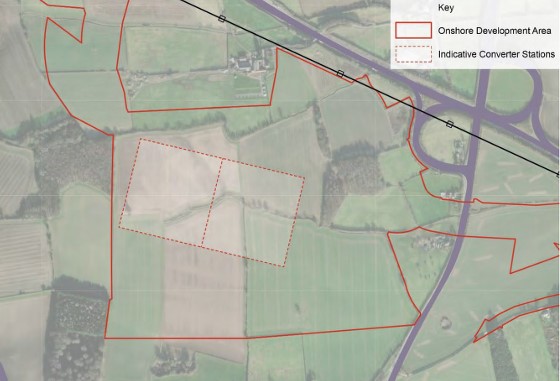Dogger Bank plans considered for East Yorkshire
Classed as a nationally significant infrastructure project, the proposal is for two offshore windfarms, as well as two converter stations south-west of Beverley, and associated cable routes.
The Dogger Bank offshore wind farm is a joint venture partnership between developer SSE Renewables (40%), operator Equinor (40%), and offshore wind specialists Vårgrønn (20%).
Dogger Bank Wind Farm is an offshore wind farm being developed in three phases – Dogger Bank A, B, and C – located between 130km and 190km from the North East coast of England.
Collectively, it could be the world’s largest offshore wind farm.
For this phase of the project, the windfarms, Dogger Bank South East and Dogger Bank South West, collectively referred to as Dogger Bank South, would feed into the proposed Birkhill Wood national grid substation, which is being considered under a separate proposal.
Offshore, there would be up to 200 wind turbines across two sites situated 100km and 122km offshore, which could supply up to 3m households.
The main elements of the onshore proposals comprise two converter stations, underground transition joint bays to connect the offshore export cables with the onshore export cables, underground cable corridors, a temporary construction compound, and a satellite construction compound.
Each windfarm would require its own converter station, with the proposed location being south-west of the A1079/A164 junction.
Buildings and equipment include a valve hall, lightning protection masts, service buildings and access roads.
Each converter station would have a footprint of 689,000 sq ft, with hedgerows and woodland planting proposed to screen views.
The report that the East Riding of Yorkshire Council will look at on 7 November sets out two different scenarios: delivering one combined windfarm, at the same time, or tackling one first before constructing the second.
Promoters of nationally significant infrastructure projects (NSIPs) apply to the planning inspectorate for a permission, rather than applying to the local planning authority, and as such, the planning committee will simply add any concerns or objections about the scheme to the Local Impact Report that has been created, before passing it on the the planning inspectorate.





